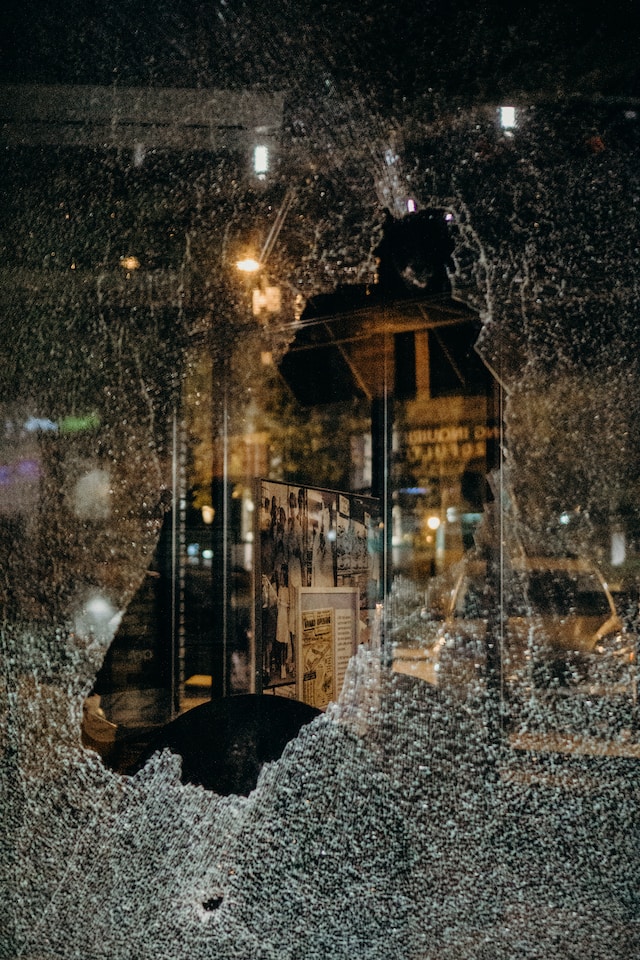Florence Lustman, President of France Assureurs, recently expressed her concern about the damage caused by the riots. Indeed, the damage caused during the popular mobilization in reaction to Nahel’s death on June 27 has already been estimated at 1 billion euros.
According to the federation, 55% of this urban violence affected professional property. During these demonstrations, shopkeepers were victims of looting, their windows were vandalized and buildings were set on fire, severely affecting their business.
While the government has appealed to the goodwill of insurers, disaster victims remain dubious about their compensation in view of (I) the presumption of legal exclusion from compensation and (II) the absence of a precise definition of the notion of riot.
I. Insurers’ response to guarantee the effectiveness of the presumption of legal exclusion
Article L. 121-8 of the French Insurance Code states that “Unless otherwise agreed, the insurer shall not be liable for loss or damage caused by foreign war, civil war, riots or civil commotion.
It is clear from this article that damage resulting from acts of collective violence is not compensated, as claims arising from such events can quickly exceed the financial capacities of companies.
However, this legal provision allows the parties to circumvent this presumption of legal exclusion of warranty by means of a “contrary agreement”. As insurance is a consensual contract governed by freedom of contract, insurers are perfectly entitled to insert clauses excluding coverage.
Consequently, damage caused during riots falls within the scope of article L. 121-8 of the French Insurance Code, if the contract so provides.
On this point, the French Supreme Court[1] first ruled that the warranty is only payable if the legal exclusion is expressly set aside. Then, in a second stage[2], it allowed a simple implicit expression of intent by the parties to defeat the application of the legal exclusion. It is therefore permissible for trial judges to deduce from contractual stipulations their intention to override the legal presumption of exclusion.
The possibility offered to the parties to exclude the legal exclusion provided for in article L. 121-8 of the French Insurance Code also undermines the legal presumption of exclusion. In effect, contractual stipulations are subject to interpretation and therefore become ambiguous.
In response to this uncertainty, and to remove any ambiguity, insurance companies take care to expressly stipulate whether or not they are willing to cover this type of damage and the resulting business interruption.
Nevertheless, the burden of proof lies with the insurer, and given the absence of a precise legal definition of the notion of riot, it is difficult in practice for the insurer to enforce this exclusion.
II. The legal vacuum surrounding the notion of riot
To date, the notion of riot has not been legally defined, and jurisprudence is scant on the subject.
However, the concept of riot is essential, as it determines whether or not the legal exclusion of coverage under article L. 121-8 of the French Insurance Code applies.
In this respect, the Court of Cassation ruling of November 17, 2016[3 ] provides an interesting clarification. In this case, the Pau Court of Appeal made an attempt to define the notion of riot, establishing the criterion of spontaneity as the sole and sufficient criterion, provided that the action causing the damage was deliberate, programmed and planned.
The French Supreme Court (Cour de cassation) reversed this position, quashing and annulling the contested decision on the basis of article L. 121-8, paragraph1, of the French Insurance Code.
The high magistrates consider that“by deciding on these grounds alone, when the absence of a spontaneous character is not sufficient to rule out the qualification of riot or popular movement”, within the meaning of article L. 121-8, paragraph 1, of the Insurance Code “to which the contract refers”, the Court of Appeal failed to provide a basis for its decision.
The Cour de cassation’s response is easy to understand.
Indeed, as an event grows in scale, it generally loses its spontaneous character.
Moreover, a riot has also been defined as ” a seditious movement accompanied by violence, and directed against the authoritý with a view to obtaining the satisfaction of certain demands of a political or social nature”[4].
Or as ” a sometimes seditious or insurrectionary uproar, characterized by brawls or scenes of violence, directed against a class of the population or certain bodies representing the established order “[5].
The Larousse dictionary defines riot as a ” popular uprising, movement, agitation, explosion of violence “.
From these elements of definition, it is possible to determine three major qualification criteria which do not make the spontaneity criterion the essential one: a mass criterion, a protest criterion and a demand criterion.
The European Economic and Social Committee’s proposed definition of a riot in its opinion on “Urban areas and youth violence” also reflects these major criteria to some extent[6].
* * *
It is thus foreseeable that disputes will soon arise between riot victims and their insurance companies.
In this context, jurisprudence on the above-mentioned issues will be particularly closely monitored.
[1 ] Cass.2e civ, September 10, 2017, n°14-18297
[2] Cass. 2nd civ. march 23, 2017, no 16-10589
[3 ] Cass. 2nd Civ., Nov. 17, 2016, no. 15-24.116.
[4]Lambert-Faivre Y. and Leveneur L., Droit des assurances, 13th ed. 2011, Paris, Dal- loz, coll. précis, no. 356.
[5] Margeat H. and Favre-Rochex A., Précis de la loi sur le contrat d’assurance, 5th ed. 1971, Paris, LGDJ, no. 345.
[6] Opinion of the European Economic and Social Committee on Urban areas and youth violence (2009/C 317/06), OJEU C 317, Dec. 23. 2009, p. 37, spec. p. 38.






